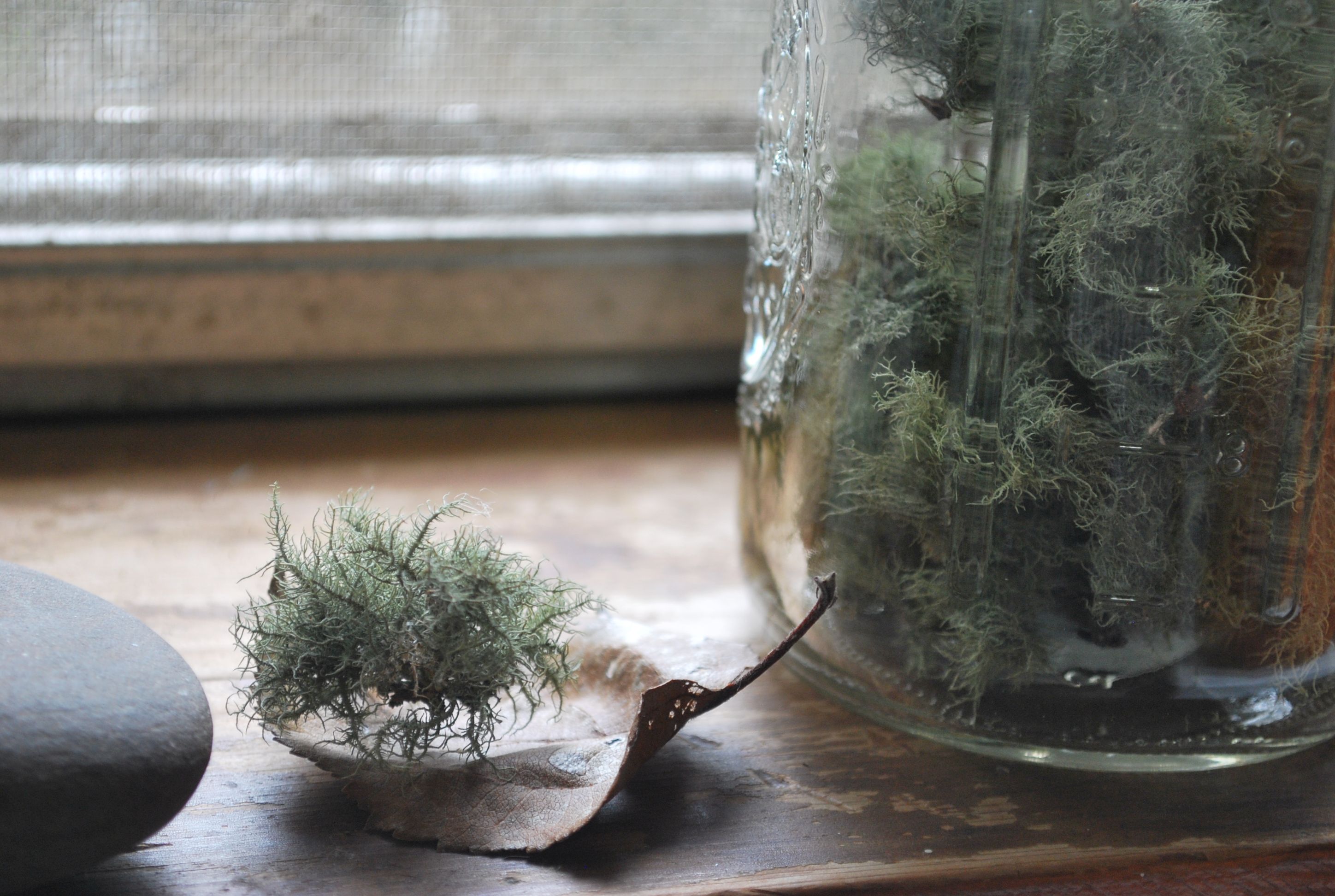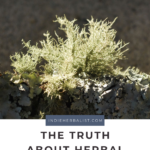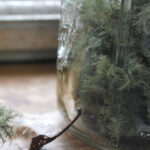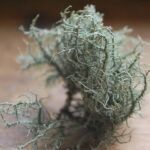Links contained in this post and elsewhere on my website may include affiliate links. When you make a purchase through these links, I earn a commission at no additional cost to you. I only link to products and services that I love - and that I think you will love, too!
You’ve probably seen lists like “Top (you name the number) Antibiotic Herbs” or “X Number of Natural Alternatives to Antibiotics” in magazines and online. They claim to list the antibiotic properties of plants. I hate to burst your bubble, but the place where bacterial infection and herbalism intersect isn’t that simple. Here’s what you need to know about antibiotic herbs.
There’s a mindset that keeps popping up with this topic and it really bothers me. Boiled down from whatever other distractions are involved in the presentation, the baseline is this: there are natural alternatives to antibiotics that work the same way as prescription antibiotics.
Do antibiotic herbs exist?
Whether it’s pitched to make you think you can avoid a trip to the doctor, as a solution for the rise of antibiotic-resistant bacteria, or as an emergency preparedness topic, the takeaway from these lists and articles is almost always the same:
“Never Fear- Herbal Antibiotics Are Here! Citizens, Rest Assured! There is an Herbal Pill We Can Substitute!”
I’m really sorry, everybody, but that just isn’t true about the herbs these articles usually talk about. There’s one author and herbalist, however, who makes a good case for a very small number of plants that could earn a place on those lists. We will talk about those below.
There are, however, many herbs for the immune system. These include herbs that “Clear Heat” in TCM. Heat is the traditional way of describing what we now know to be the signs of an infection. Rather than working as directly anti-pathogenic, these herbs support healthy immune function. They require a certain amount of finesse- a slightly different perspective- to be able to use successfully.
So, I’m sorry. Don’t expect to pop an herbal capsule or two instead of a prescription antibiotic and be on your merry way. I’m here to tell you no, that’s not how it works. Let’s talk about a more realistic approach.
Here’s a more effective way to think about it.
A realistic approach to antibiotic herbs
In the book Herbal Antibiotics: Natural Alternatives for Treating Drug Resistant Bacteria, Stephen Harrod Buhner points out that most of the so-called “herbal antibiotics” are not systemic.
This is important because modern medicine’s antibiotics ARE systemic. That’s why they work.
Here are some of the localized/non-systemic herbs most people have heard about. The ones they generally don’t use correctly. These include:
- Goldenseal (Hydrastis canadensis)
- Oregon grape (Mahonia aquifolium)
- Juniper (Juniperus communis)
- Usnea (Usnea spp)
Garlic is another herb on this second (non-systemic) list. So is practically anything else that gets tossed around in discussions about herbal antibiotics. We’d be here a loooong time if I attempted to list the number of herbs I’ve seen added to this list!
These herbs help in some cases. But not because they are antibiotic. Many of them support the immune system in some way. Several are tonics for the mucosal linings in the respiratory and gastrointestinal tract (as are goldenseal and Oregon Grape) or are astringent, diuretic and a localized antibacterial in the urinary tract (like juniper).
Potentially systemic antibiotic herbs
Buhner, on the other hand, discusses several plants that he has researched extensively and considers systemic. These include:
- Cryptolepsis (C. sanguinolenta)
- Sida (S. acuta, and possibly S. rhombifloia, S. cordifolia, and S. spinosa)
- Alchornea (A. cordifolia, A. laxiflora)
- Bidens (B. pilosa)
- Artemisia (A. annua)
Buhner’s book does an excellent job explaining the few true systemic herbal antibiotics that exist, explaining when and where the non-systemics are useful, and includes a great deal of information on potential herbal protocols for specific antibiotic resistant infections. I consider it a must-have reference for the herbal preparedness shelf. It’s not a quick read though, so be prepared to do some studying.
Within the protocols, Buhner makes sure to incorporate a way to support the immune system itself as part of the strategy- and this absolutely should not be overlooked.
The book includes extensive profiles for many immune-supporting herbs. They cover plants like
- ashwagandha
- astragalus
- boneset
- echinacea
- eleuthero
- red root
- reishi
- rhodiola
What he doesn’t mention is that these herbs actually come from several different herbal categories. Represented in that list are categories like:
- adaptogens
- alternatives
- lymphatics
- bitters
Tips for supporting the body with herbs during an infection
And that brings us to the main point for this article: there’s an entire body of knowledge that you need to know if you want to be informed on the subject of herbal antibiotics. Rather than focus exclusively on herbal antibiotics, you need to have a working knowledge of an herbal approach for infection. This is especially true if you want to be prepared for a time when antibiotics aren’t working or you don’t have access to them.
To wrap up, let’s look at six other things you should know about an herbal approach to infection for preparedness purposes.
Work with the whole body
You need to have a system for working with the whole body. In folk herbalism, different herbs have an affinity for different organ systems: we think of the heart or the lungs and immediately certain herbs come to mind. So, an herbal approach to providing support during a urinary tract infection could include herbs that are soothing demulcents and diuretics, like corn silk, if there is scanty urination. Another approach might be a cooling astringent like oregon grape- if there is copious, burning urination or discharges.
Essentially, you have to be able to read the individual situation. Herbalists also learn that there is a relationship between organ systems. Traditional Chinese Medicine is particularly brilliant at this system of thinking. In TCM, there are said to be relationships between organs that describe the way the human body is in balance with itself. If a urinary tract problem is chronic, TCM herbalists might then look to other parts of the body to see if there was a weak link in the chain further up.
Consider the person as an individual
The overall impression of the individual is another important tool- some herbalists call this constitutional analysis. We look at someone and determine how well their physical state is balanced overall. Things like
- whether someone is overweight or excessively thin
- whether they constantly feel hot or cold
- or even their tone of voice
can give us clues about what herbs might be useful to support their whole body while they heal.
Study up on adaptogens
Herbs that help the body better respond to stress and influence immunity are known as adaptogens. Ashwaghanda, rhodiola, eleuthero, and ginseng are some of the most well known herbs in this category. Adaptogens can support the strength and resiliency of the entire body. Many of them have a wonderfully supportive influence on the immune system.
Learn about alteratives
Alteratives are herbs that assist the elimination pathways of the body and help restore health over time. Herbs like red clover, violets, alfalfa, burdock, dandelion, and nettles are examples here. Some alteratives work mainly through the liver, through the kidneys, or through the skin. So again, it’s important to get down to the nitty gritty and not make assumptions about how something is working. Oh, by the way- herbs can also fit into more than one category. Rather than curse this as confusing, simply accept it as part of their versatility.
Don’t underestimate the usefulness of lymphatic herbs
Herbs like cleavers, calendula, red root, and poke root influence the health of the lymphatic and immune system. They have a traditional role in overcoming lingering infections and illness. Each one has a slightly different profile for what it does best. I use cleavers for lingering skin infections or for infections that seem to erupt from the skin over the lymphatic gland. Calendula is wonderful for winter time ills that you just can’t shake. Red root is my favorite “serious b’ness” lymphatic- but they are all wonderful and under utilized.
Understand how to utilize herbal synergists
Buhner discusses three herbs that are added to formulas to make a formula more effective, which he calls synergists. In folk herbalism, these are sometimes called harmonizers. The most commonly used Eastern herbs in this category are ginger, licorice, and black pepper. In western herbalism, we might also use hawthorn, lobelia, or cayenne.
So, yes. I know that’s a lot more information to take in than a simple list of “antibiotic” herbs. It will serve you much better in the long run, though!
All the Best,
Agatha
P.S. Here’s a link to the book I mentioned above if you would like to buy it:
He also has a second volume, Herbal Antivirals: Natural Remedies for Emerging and Resistant Viral Infections.
Learn more about herbal support for the immune system
If this is a topic that interests you, be sure to explore these other articles here on Indie Herbalist.




